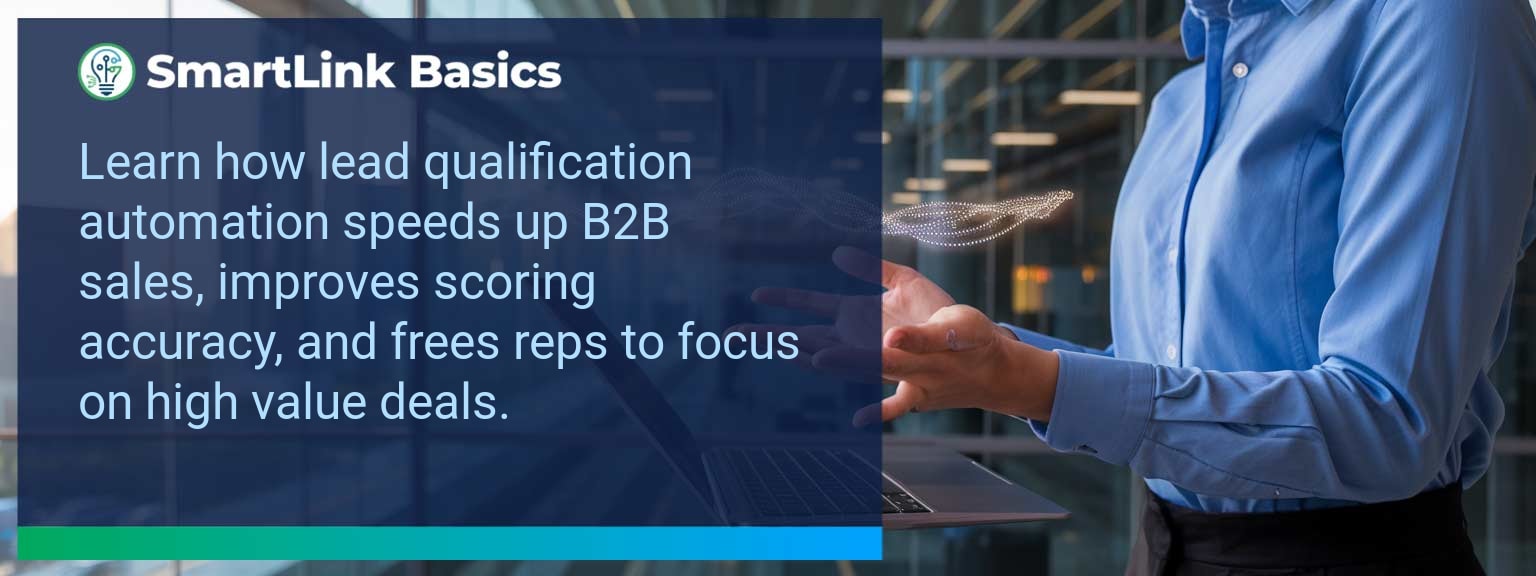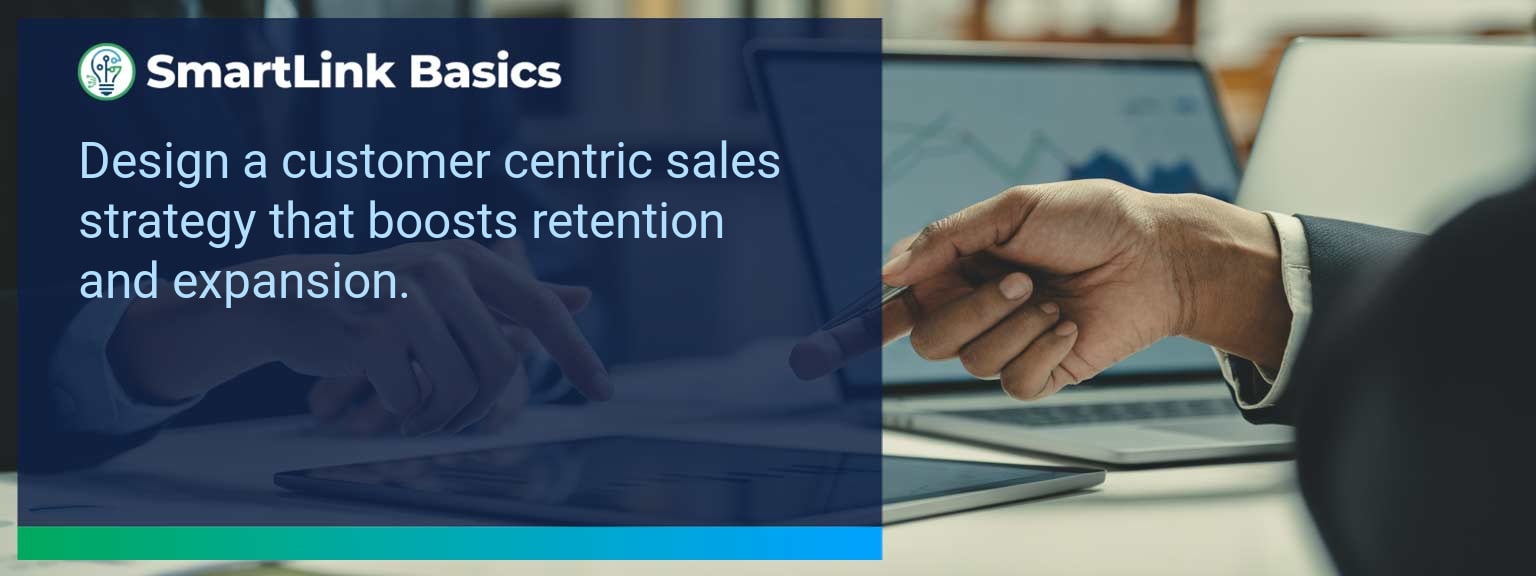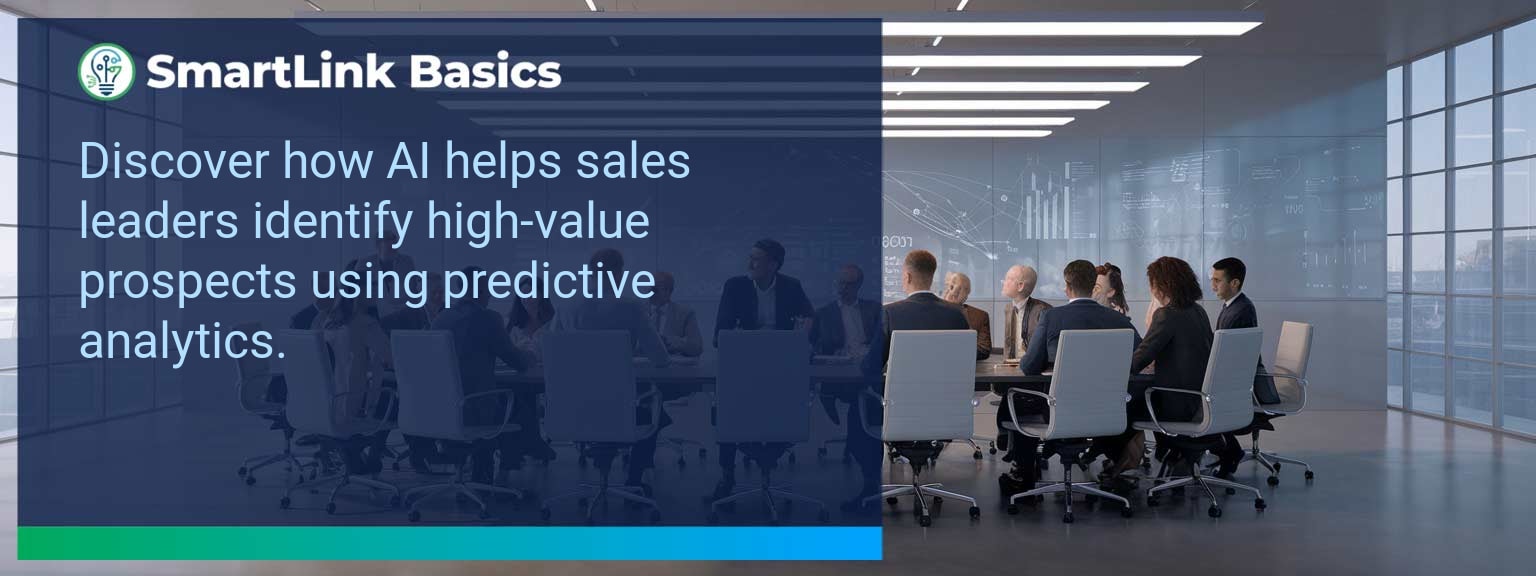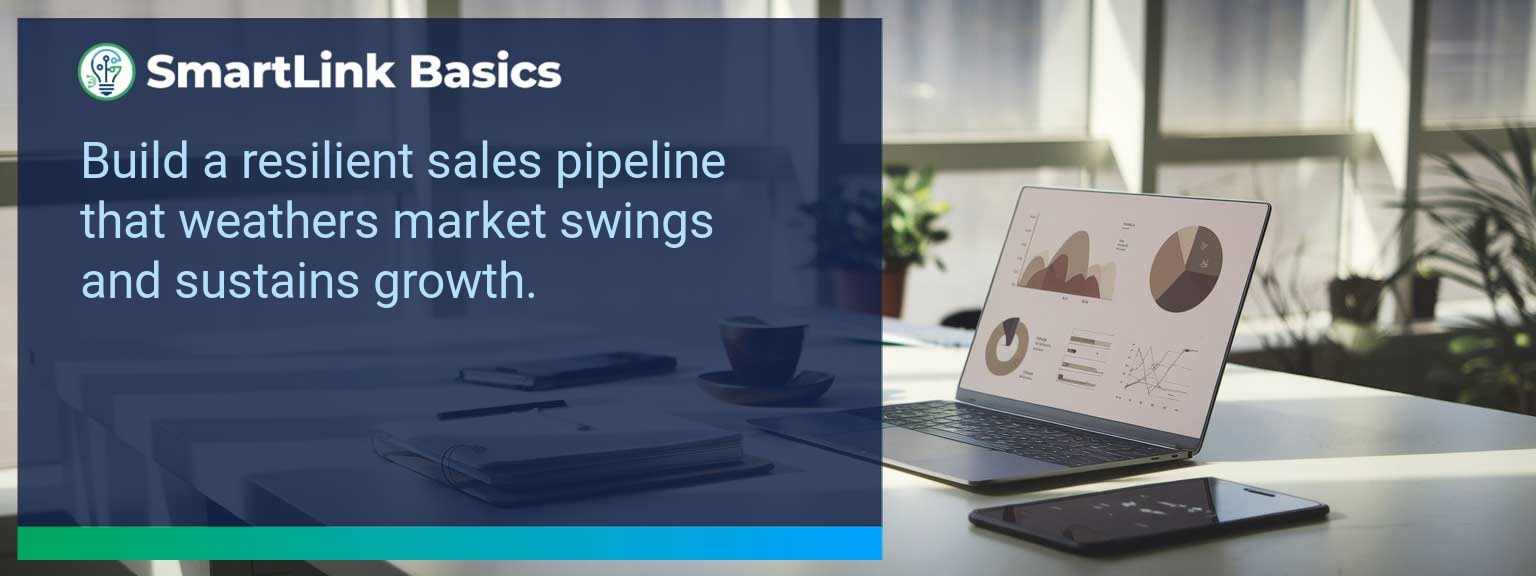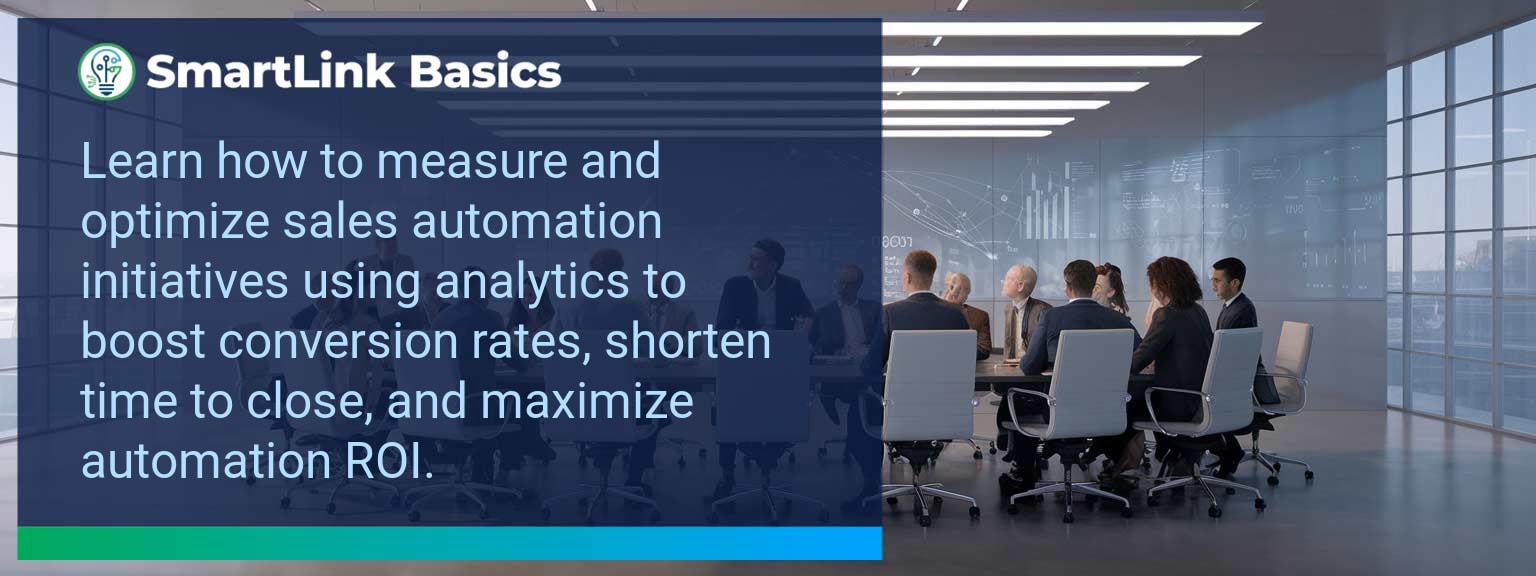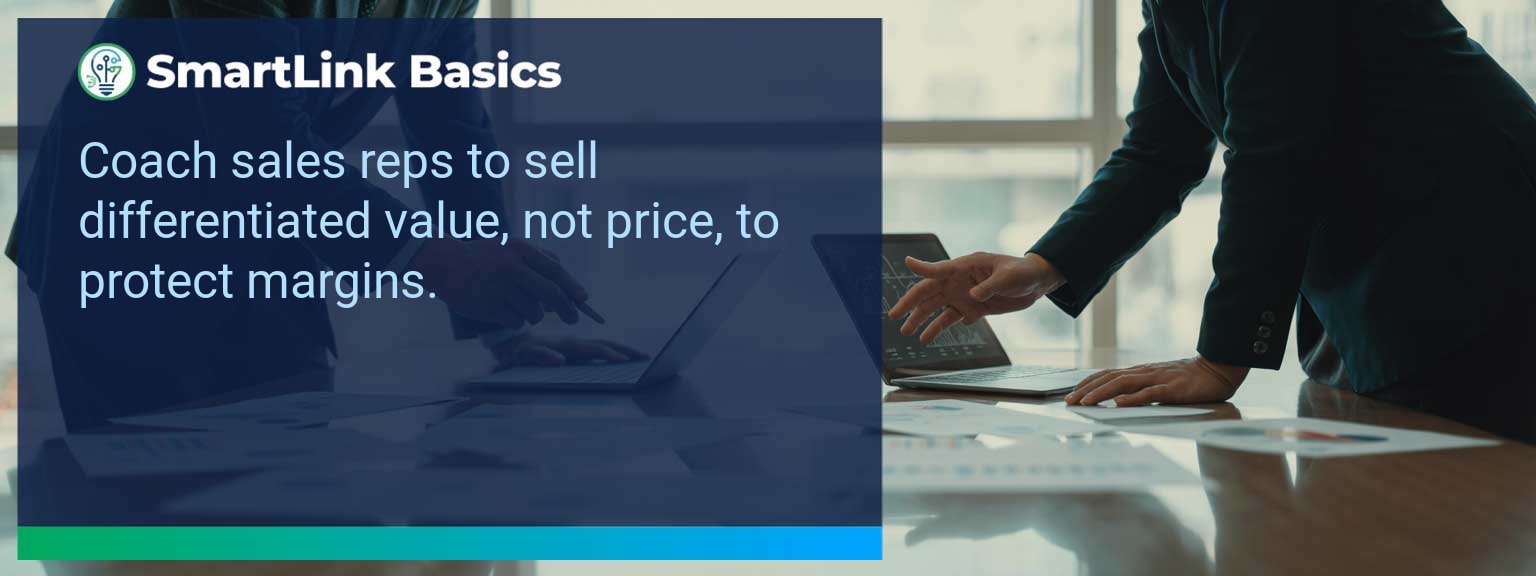According to a Gallup workplace study, 85% of employees are not actively engaged in their jobs, resulting in significant revenue leakage. For sales leaders navigating the AI-driven era, unlocking engagement has never been more urgent. At SmartLink Basics, we have seen how gamifying productivity can align team motivation with operational goals, turning work into a measurable, rewarding experience. This approach uses proven game design principles to strengthen workflow discipline and boost performance. In this article, we will break down why traditional productivity frameworks fail, how game theory adapts to business environments, and the measurable gains leaders can expect by implementing work gamification.
- Gamifying productivity leverages reward systems and clear progress tracking to sustain engagement.
- Traditional productivity models lack immediate feedback and intrinsic motivation drivers.
- Integrating game mechanics boosts adoption of new sales processes.
- AI tools allow personalization of challenges and rewards for each rep.
- Properly designed gamification accelerates both efficiency and morale.
Why Traditional Productivity Methods Struggle
Legacy productivity frameworks often focus on rigid time management or KPI tracking. These methods frequently overlook intrinsic motivators, leaving teams disengaged even when objectives are clear. Information overload and disconnected goals create friction, leading to missed targets. For example, quarterly sales dashboards might present performance data, but without feedback loops, reps lack immediate reinforcement to adjust behaviors. To improve, leaders must embed continuous engagement into the workflow — integrating motivation as part of the process rather than as an afterthought.Leveraging Game Design To Boost Efficiency
Gamifying productivity introduces mechanics such as point systems, tiered achievements, and transparent leaderboards into daily work. These features provide immediate recognition, making progress visible and reinforcing desired actions. In a business setting, a sales rep completing targeted outreach could unlock a digital badge and increase their ranking in a team leaderboard. This creates both personal satisfaction and healthy competition. Actionable step: Design your daily sales routines with clear objectives, visible progress indicators, and frequent micro-rewards that align with revenue goals.Positive Outcomes From Implementing Gamification
When applied to sales enablement, productivity gamification can deliver faster onboarding, higher daily activity rates, and improved quota attainment. Game design for work taps not only into extrinsic rewards but also into the deep satisfaction of skill mastery. A mid-sized SaaS company we advised saw a 27% increase in outbound call volume within six weeks of introducing gamified call challenges. The dynamic feedback loop kept their reps active and focused. Gamification should not replace accountability but enhance it, using data-driven mechanics to keep performance momentum high.Innovative Directions For Gamified Workflows
The next evolution involves AI-driven personalization of gamified elements. Machine learning can adjust challenge levels, recommend targeted skill modules, and adapt reward types based on individual performance patterns. For instance, an AI-enabled dashboard could identify a rep’s low conversion rate in a certain product vertical and unlock a skill-building quest that directly addresses the gap. By blending AI with workplace engagement strategies, leaders can ensure gamification aligns with business-relevant KPIs, improving both output and retention.Metrics That Matter
| Category | Metric | Definition | Target |
|---|---|---|---|
| Leading | Activity Completion Rate | Percentage of daily assigned tasks completed | 90%+ |
| Lagging | Quarterly Quota Attainment | Percentage of sales reps hitting monthly/quarterly targets | 80%+ |
| Quality | Conversion Rate Improvement | Increase in deal conversion rates post-gamification rollout | +10% in 90 days |
Get the 90-day plan, coaching rubric, and dashboard template to operationalize AI in your enablement program.




